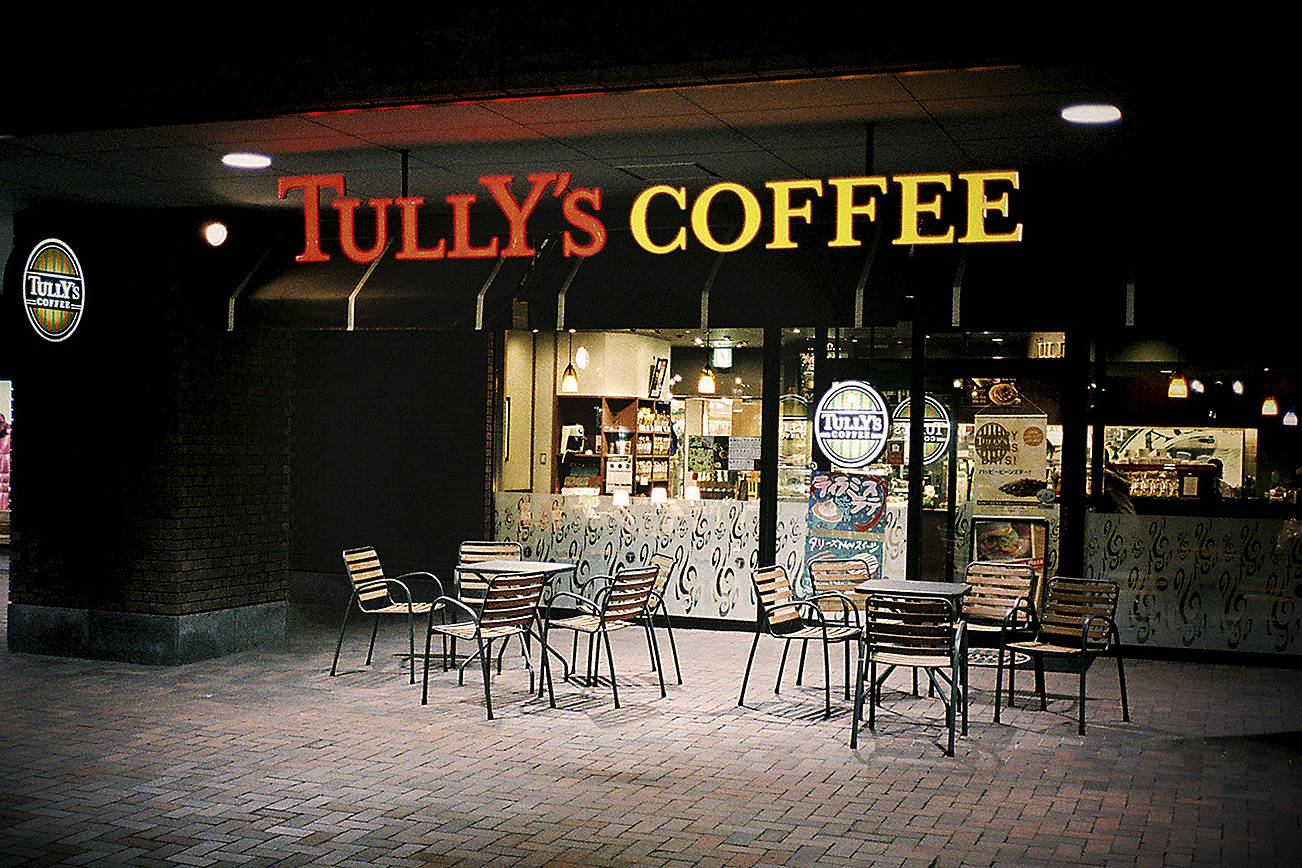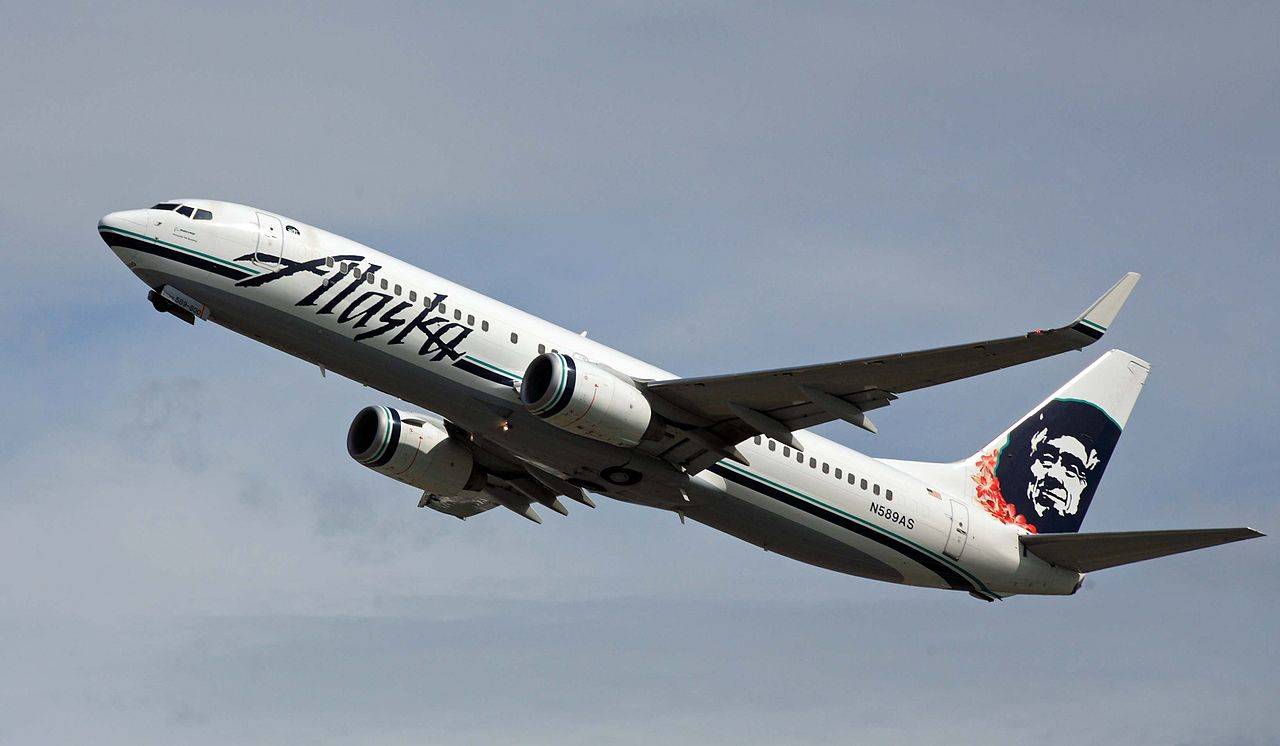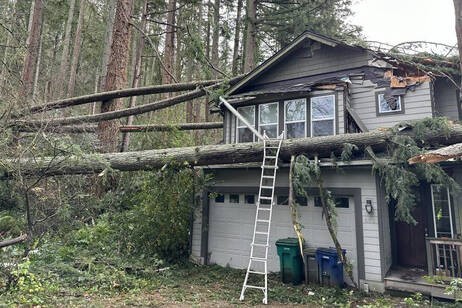Homeland Security and the U.S. Coast Guard call it a safety zone, a watery sector extending 100 yards from Pier 66 into Elliott Bay, where few boaters dare to go. To critics, it will be a no-protest zone, at least for 12 hours beginning at 8 a.m. August 4, when it’s closed off to protect Navy warships here for Seafair. According to Coast Guard documents, it will be a onetime, temporary measure. But the government has also filed a proposal to make the no-go zone, used occasionally in the past, a permanent rule to be invoked during the Fleet Week Maritime Festival. The Navy would thus find it easier to avoid Glen Milner and his noisy boatloads of Ground Zero anti-war protesters, who have typically shown up on festival day to protest the government armada. “The Navy often states it exists to defend our freedoms but this proposed [permanent] no protest zone shows how false that is,” says Ground Zero leader Milner, who has been busted in the past by the Coast Guard, among others, for his non-violent protests. “The zone amounts to institutionalized harassment and violates our civil rights.”Michelle Jensen, a Seattle attorney representing ACLU of Washington, calls it a “defacto no-protest zone,” saying it creates “an impermissible restriction on protesters’ speech rights.” That was true when the USCG imposed the zone in some earlier years, she says. Now that the government is moving to make the zone permanent, she states in a letter to the U.S. Dept. of Transportation, “we are prepared to litigate its constitutionality.” Read her legal argument here.Milner says his group’s opposition and legal threats regarding the permanent zone – proposed by the government in February – seemed to have stalled that measure. He sees the temp-zone plan, announced a few weeks ago, as an end run. Coast Guard spokesperson Ashley M. Wanzer says the service is still mulling over the permanent proposal and didn’t know when a final decision would be made. The USCG considers such a zone necessary to the security and safety of boaters and the Navy ships, she said. Anti-war demonstrators have been floating out with protest signs to meet the Navy fleet since Seafair 2000, says Milner. In past years, Navy Trident submarines, complete with nuclear warheads, and warships equipped to fire radioactive munitions have sailed into the downtown Seattle pier. The boats of protesters, says Milner, have regularly been boarded by the Coast Guard, preventing Ground Zero from demonstrating its concerns about war, particularly the nuclear kind. The Coast Guard first established a 400-yard no protest zone “box” in 2008 surrounding Pier 66, where the Navy band and officers assembled to greet the fleet. “The Coast Guard,” says Milner, “never explained how vessels in Elliott Bay could endanger Navy officers on the rooftop of Pier 66 especially when Seafair, as a public event, invites the public to both locations.”Though the zone is now reduced to 100 yards, his group of demonstrators – familiar sights at the gates of the Bangor N-sub base – still can’t get close enough to gain attention, says Milner. “The Coast Guard did not mention in the Notice of Proposed Rulemaking that a violation of the safety zone could bring an arrest and a charge resulting in up to six years in jail and/or a $250,000 fine. “They make the rules, enforce the rules, and then prosecute violators in their own Coast Guard court system,” he says. “It shows us what a true police state would look like if the Coast Guard were in charge.”
More Stories From This Author
FEMA denies funds to WA for damage caused by 2024 ‘bomb cyclone’
Gov. Bob Ferguson says federal funds are needed to address $34 million in damage caused by the storm, and that the state will appeal.
SAVE Act could disenfranchise millions of voters
Congressman reports law could cost Washingtonians over $361 million just to register to vote.
Board recommends Dow Constantine as new Sound Transit CEO
In his 16th year as King County executive and on the Sound Transit Board; pay could be $675,000 annually







